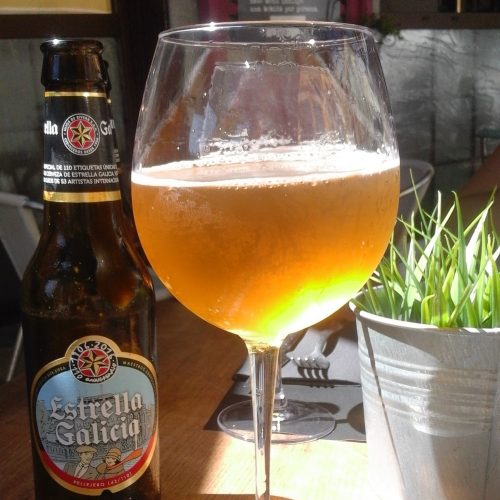
How to: order beer in Spain
Dear Chelsea,
As much as it makes me cringe when I hear foreigners who have only learned three words in Spanish, one of them being cerveza, I have to admit that knowing the word for ‘beer’ may come quite in handy during your days here in Spain. What many less-informed guiris tend to miss out on, however, are the intricacies of ordering it because it is really not that common to simply say “I’ll have a beer.” Just like in any other drinking culture, you’ll be expected to specify the brand of beer, whether you want it in a bottle or on tap, and what size you’d like. So, if you’re hoping to look like a pro at the bar let me give you some guidelines on the tricks of the trade!
1.) How you order matters:
Tap beer is ordered by the size/shape of the glass it will come in and even bottled beer comes in distinct sizes. While you can simply order cerveza, being specific will not only make you sound more like a native but will also ensure you receive what you actually want. Unlike in the UK and US, large pint-sized beers are not the normal go-to so if you want this quantity of beer you will definitely need to specify.
On tap:
Caña: the average size glass of whatever is on tap, usually served in a short glass, no taller than a standard can of beer (if you don’t specify when you order your beer, this is what your server is most likely to give you)
Tubo: this one comes in a taller, skinnier glass than the caña, meaning that you’ll get a little bit more beer and it will therefore be a little more expensive
Jarra: the large or ‘jug’ size, this is the closest size to an American or British pint and while it won’t be the exact same quantity each time because glasses vary from bar to bar, this is the one to go for if you’re used to ordering a pint
Pro-tip: While jarra is also used as the translation for ‘pitcher’ (especially common when speaking about sangria) a jarra de cerveza is meant for one person―and in some places this bigger size is attached to a deal, like in Granada where it often comes with two tapas!
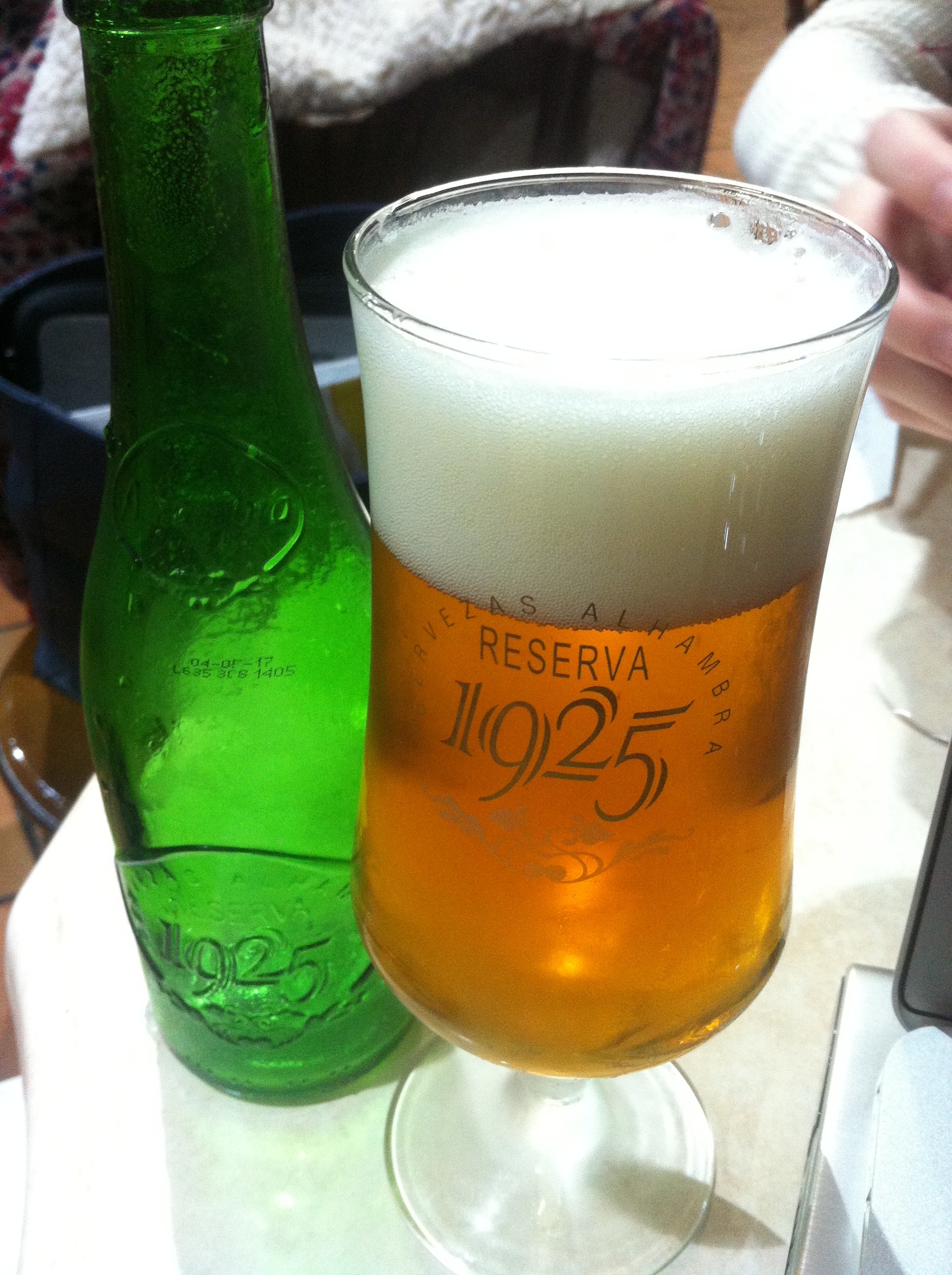 By the bottle:
By the bottle:
Tercio: Literally translated to “a third” (of a liter), this is the way the typically-sized bottled beer is measured in Spain so ask for “un tercio de” + your favorite brand to enjoy bottled cerveza
Quinto: Literally translated to “a fifth” (of a liter), this is a mini bottle of beer and an excellent choice for bottled-beer lovers on a budget or slower drinkers who want to keep up with their fast-drinking friends
Pro-Tip: This ‘keeping up’ strategy may sound excessive and unnecessary but it can come in handy for other reasons, like if you’re in Granada where people order another round regularly to get their next wave a tapas and you don’t want to miss out on the food being delivered to your table.
2.) Check out which brand is written on the tables and napkin-holders:
Until this was pointed out to me, I never realized how true it was but knowing this trick is gold once you find the certain brands you like more than others. Bars in Spain typically only have one beer on tap (de grifo or de barril) so if you want to order cañas, tubos, or jarras check out which brand of beer is advertised all over the furniture.
Note: On occasion, you will find a bar that has changed the beer they have on tap and not changed their advertising, but technically this should not happen.
3.) Don’t be afraid to branch out:
I’m gonna be frank with you, Spain is no contender when it comes to high quality beer.* Although I’ll happily throw back a few from time to time, the average beer you’ll find in bars and restaurants around here leaves a lot to be desired if you are someone who looks for strong flavors. I’d compare most Spanish beer to a light lager. It’s meant to be enjoyed for hours on end while you take in a football match or try to beat the Spanish heat, not necessarily savored for its quality. For those of you who are used to more complex beers and looking for “something a bit better,” these are my personal favorites:
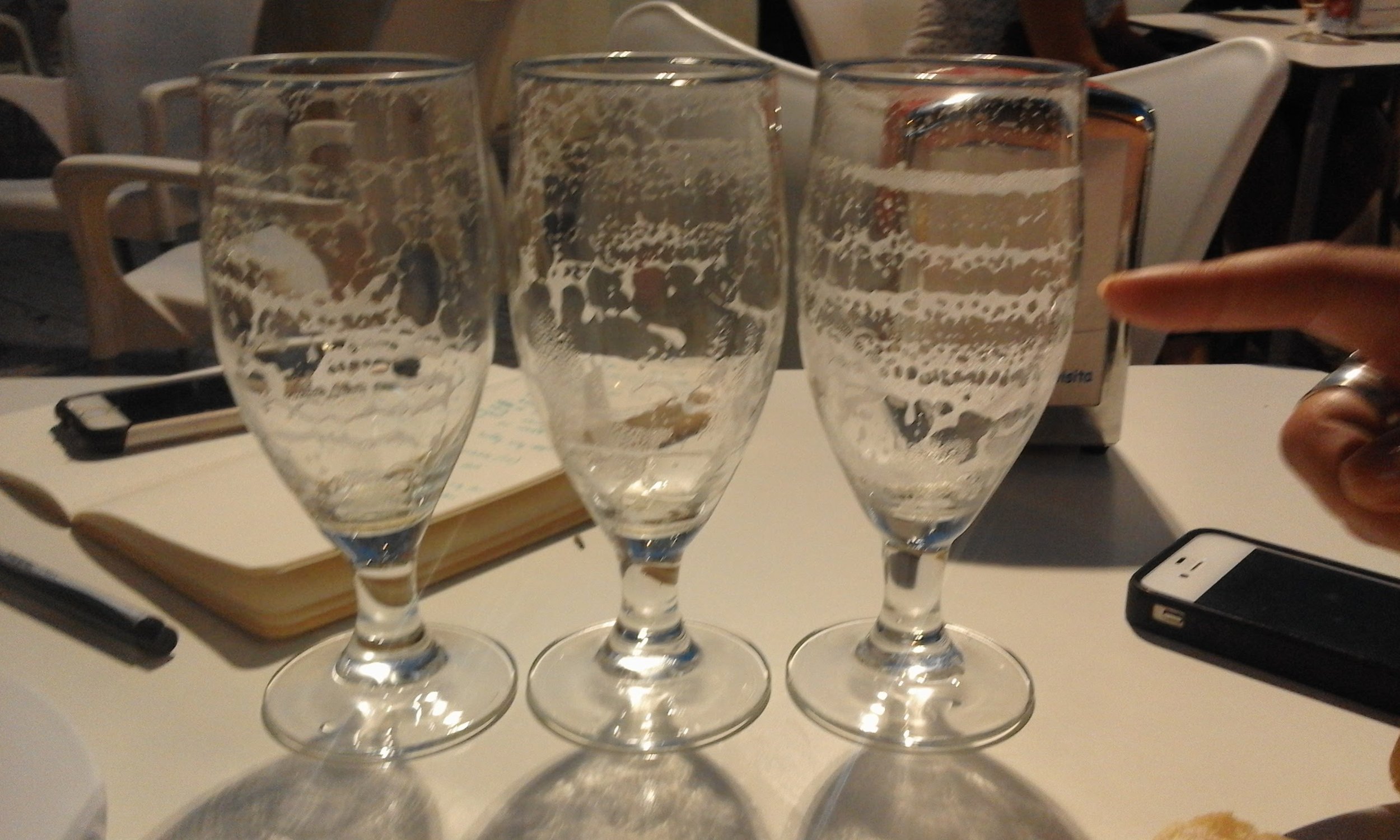 Mahou―If you live in Madrid, take heart! The average beer on tap is one of Spain’s finest and the craftsmanship of your bartender’s pour can definitely be appreciated by the lingering sucros or ‘beer rings’/’lacing’ as you enjoy this one.
Mahou―If you live in Madrid, take heart! The average beer on tap is one of Spain’s finest and the craftsmanship of your bartender’s pour can definitely be appreciated by the lingering sucros or ‘beer rings’/’lacing’ as you enjoy this one.
Estrella Galicia―You guessed it, this lager that’s from the autonomous community of Galicia is a star in my book! It’s light and refreshing like most other Spanish beers, but has an extra kick of goodness.
Alhambra 1925 (‘Mil nov’)―This is the specialty (aka stronger) version of Granada’s beer. I enjoy its fuller taste, but still laugh when granadinos tell me it is SO intense (it’s only 6.4%, but that is much more than your run-of-the-mill tercio).
PRO TIP: This last recommendation pretty much extends to all brands―if the average caña leaves a bit to be desired for you, ask if there’s a specialty version (typically bottled and often labeled especial, reserva, or known by a year, such as the ‘mil nov’ or Estrella Galicia’s 1906).
4.) Seek out craft and/or specialty beers if that’s more your thing:
In recent years, Spain has really started to up its craft beer game so you can also check out what cervezas artesanas your area has to offer. We recommend seeking out locally-brewed craft beers to taste-test what Spanish companies are making while you’re here. In Granada, we’d definitely suggest trying some Sacromonte brews at La Hermosa. On the other hand, if you’re craving a specific specialty beer from home you may have luck in bars that are geared towards foreigners like Irish pubs and international bars in university areas. The odd sports bars (one that specifically posts times of upcoming matches [especially of foreign teams], that’s decorated with sports paraphernalia) is also more likely to have foreign beer brands than the average Spanish bar.
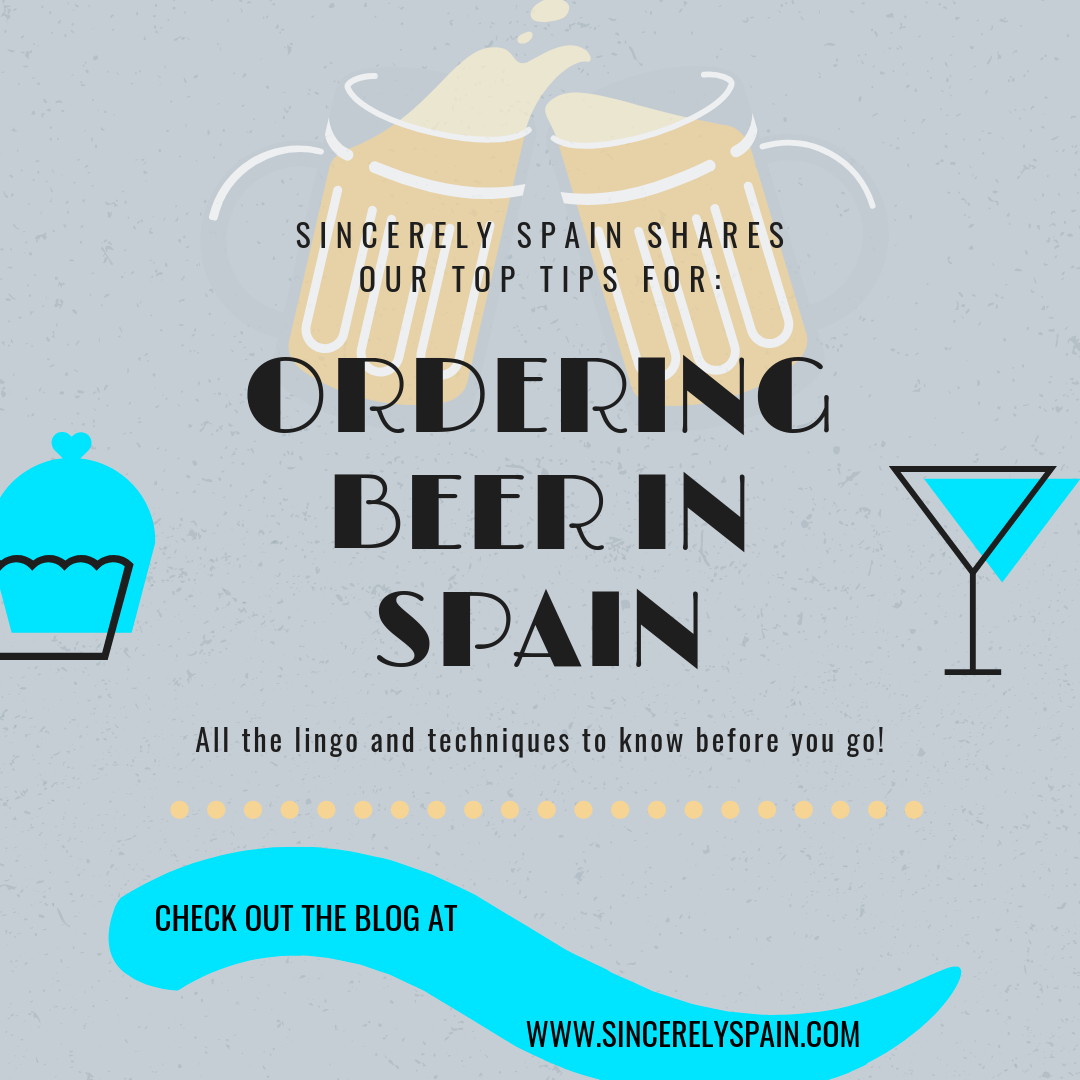 Sincerely,
Sincerely,
Spain
*Of course, this statement is highly based upon my own opinions and standards that have been influenced by growing up in an American beer culture. I go further into detail on how the two compare in this article.


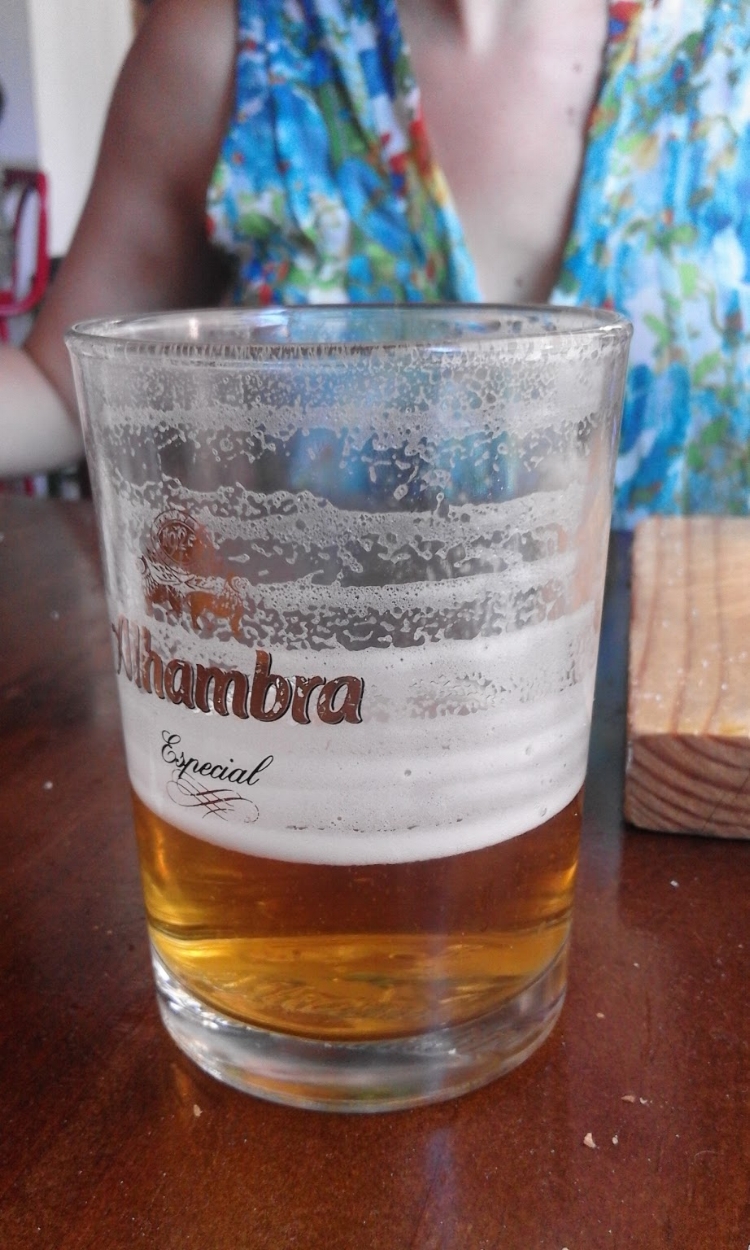
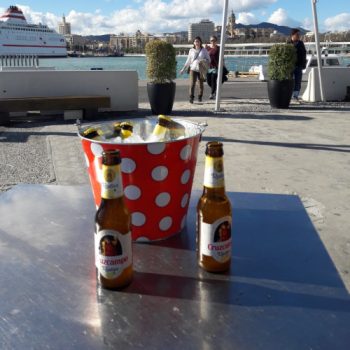
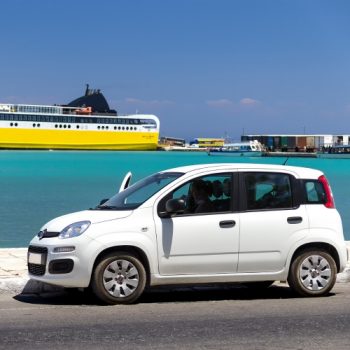
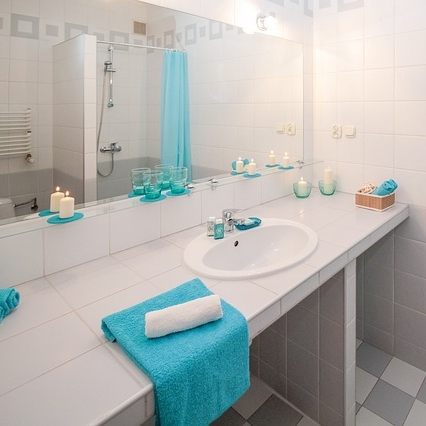
14 Comments
Oli
I would add that unlike in some cultures it isn’t ‘lame’ to order a small beer. Whereas in the UK it would be seen as pathetic and ‘weak’ to order a ‘half’ beer, in Spain it absolutely isn’t, and in fact it would be unusual to see a Spaniard ordering anything larger than one of the smaller sizes listed above.
I worry for Spaniards being looked at strangely in the UK when they ask for a smaller beer.
Raja Luck
Great tips! Ordering beer in Spain can be a bit tricky with all the options. I especially appreciate the advice on local specialties. Can’t wait to try ordering my next round! Cheers!
YouTube APK
Great tips! I always struggled with ordering beer in Spain, but this guide makes it so much easier. Can’t wait to try out some local brews on my next trip! Cheers!
six game
Great tips! I had no idea about the different terms used for ordering beer in Spain. I’ll definitely keep this in mind for my next trip. Cheers!
Sincerely, Spain
Happy to be of help!
Teer Win
Great tips! I always found ordering beer in Spain a bit tricky, but your advice on local customs and terminology will definitely help. Can’t wait to put this into practice on my next trip! Cheers!
Sincerely, Spain
Glad to hear you found it helpful. Cheers!
ri188
Great tips! I especially appreciated the cultural insights on how to order beer in different regions of Spain. Can’t wait to try it out during my next visit! Cheers! 🍻
Sincerely, Spain
Thanks for the positive feedback!
Tashan Win
Great tips! I always felt a bit lost when ordering beer in Spain, but these phrases are super helpful. I can’t wait to try them out on my next trip! Cheers!
Sincerely, Spain
Great to hear it!
hiwin
Great tips! I’ve always been a bit nervous about ordering drinks in Spanish, but this guide makes it so much simpler. Can’t wait to try it out during my next trip! Cheers!
Sincerely, Spain
Glad to hear it was useful for you! Cheers!